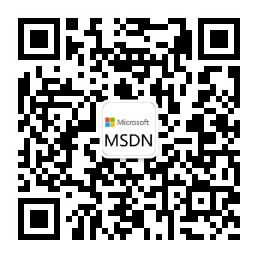Microsoft Azure is an open cloud platform that supports various programming languages and frameworks, and Java is naturally one of them. There are many benefits to using Microsoft Azure cloud services to generate and deploy Java applications. For example, you can use your favorite IDE to generate, debug and deploy Java applications on Azure, and use generation and automation tools such as Maven, Gradle and Jenkins to meet CI/CD Demand, but also speed up delivery through fully managed services, allowing you to focus on the application itself rather than the architecture.
So here comes the question- How do we migrate Java applications to Azure in a good and fast way? Today we brought you a complete guide, the migration process includes:
- Determine application type
- Choose a specific Azure service target
- Ensure local connectivity
- Count current capacity and resource usage
- Complete migration
For the specific operation guides and precautions in each step, we have written detailed documents for you to use in practice. This migration guide aims to introduce the mainstream scenarios of Java on Azure and provide high-level planning suggestions and precautions.
contents
- Migrate Spring to Azure
- Migrate Tomcat to Azure
- Migrate WbLogic to Azure
- WildFly to WildFly on AKS
- Websphere to WildF on AKS
- Jobss EAP migration to Azure
To view the complete document, hurry up and go to the link below or click "Read the original text" at the end of the article.
https://channel9.msdn.com/Shows/DevOps-Lab/On-Prem-To-The-Cloud-Security-is-Not-an-Afterthought-episode-9?ocid=AID3037593
Scan the QR code to follow Microsoft MSDN to get more first-hand technical information and official learning materials from Microsoft!


**粗体** _斜体_ [链接](http://example.com) `代码` - 列表 > 引用。你还可以使用@来通知其他用户。